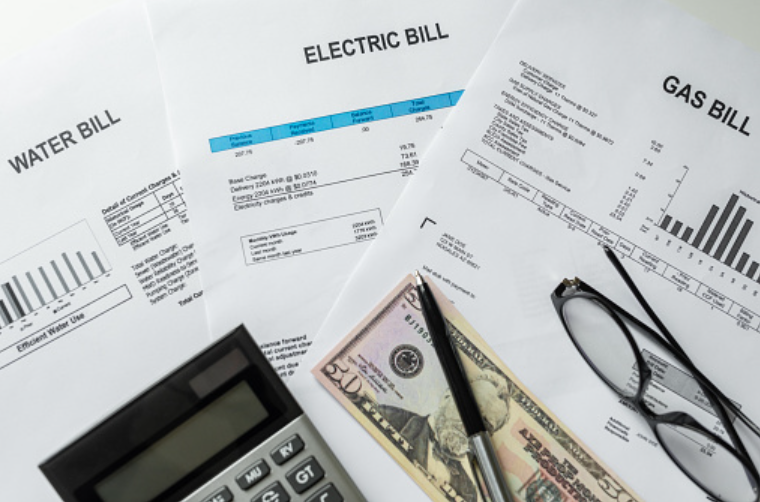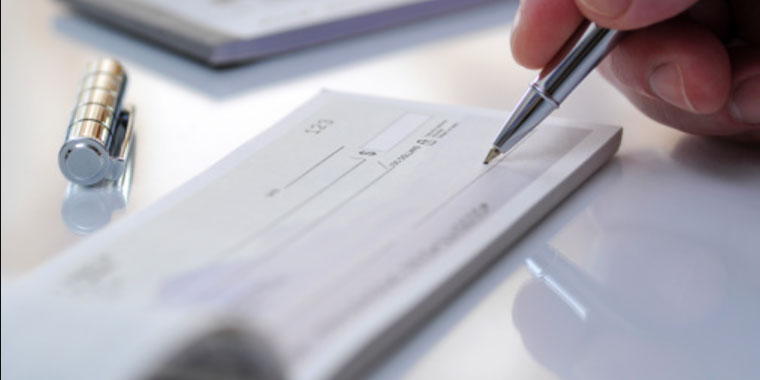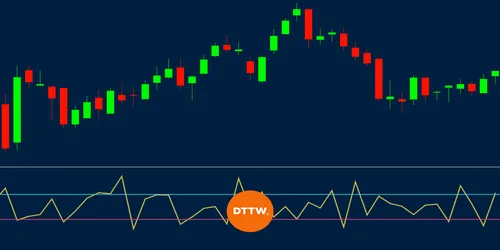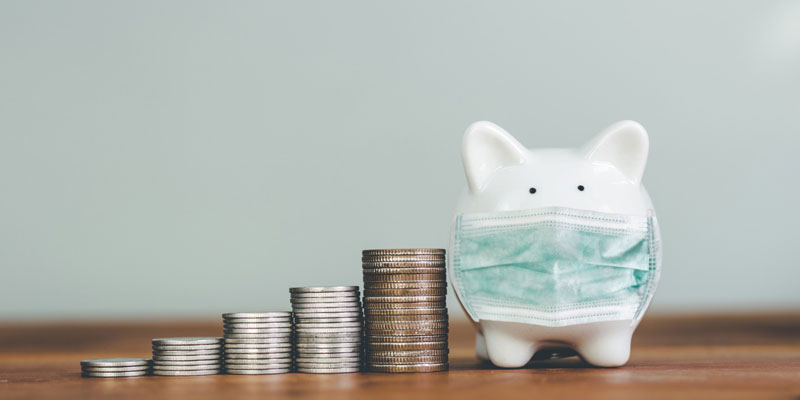The bank and the check's language may influence how simple or difficult it is to cash a check with many names on it. Both parties must deposit the checks to cash a check containing the term "and" on the recipient line. Before you write a check, verify with your bank about the check-clearing procedure. The next phase is to overcome hurdles, such as obtaining the emblem of the opposing side. Clearing a check is simple if you know the bank's rules.
Procedure 1: The payment can be made in cash or by check to any party.
1. Search for the term "or" under the "pay to"
The check may be cashed if the beneficiary uses or/and to separate names. Banks will cash checks for anyone; most companies do not require paperwork. More than one name complicates the matter. Bank limits differ, but anybody may withdraw cash with proper paperwork and authority.
2. The check's back must be signed.
Sign the check in the signing section. You need one signature from the folks on the payment line. As soon as they sign it, they may use it to make a cash withdrawal at their convenience.
You should probably make peace with the opposing person on the cheque before attempting to pay it. The cash may seem owed to them.
3. Bank cash the check.
The check may be cashed by the check's bank or your bank. Before authorizing the check and handing you the cash, the teller may explain the bank's regulations.
- Bring a passport or your driving license. Include your photo and signature. The teller will request it as proof of your identity.
- Cash checks with commas in the names in person. Check with a teller to avoid ATM costs.
4. Check deposits through a mobile app or ATM.
- Checks should be deposited rather than withdrawn. Use the bank's ATM or your phone to submit the check.
- Mobile apps need a bank account. Check the check's account name. App deposits check.
Procedure 2: Managing Co-Payment Checks
1. Check the pay-to section for "and" between names.
When "and" appears on a check, both parties own it. This check cannot be cashed alone. To visit the bank, contact the other individual named. Avoid improper check cashing. Banks will be suspicious if two people sign the check.
2. Sign the check with both signatures.
Sign the check with both names. In the signature area, ensure both names are readable. The payee must write a fresh check if the names don't match.
Put your signature first with the error, then with the right spelling.
3. Withdraw cash together at the bank.
Visit the bank if you don't share an account. The bank won't cash it without both persons. Talk to a teller to prevent problems and fines.
Both parties must be present at the bank to withdraw cash. Rewriting the check is often the best option.
4. Show the teller your ID if needed.
Each check signer requires a government ID. Make sure it has your photo, name, and signature to assist the teller in identifying you. Upon verifying the check details, the teller deposits it into your account. Some banks need a personal check endorsement. This rarely occurs with checks that are ambiguous or valuable.
5. Put the check in a mutual account instead.
If feasible, use a shared account. The bank automatically accepts checks because the account is linked to both names. Credit unions and banking institutions allow combined check deposits through mobile applications or ATMs. Choose a nearby bank and deposit the check. Keep in mind any regulations specific to your bank. Big banks require a mutual account for tax refunds. Anyone with account access can withdraw money. It can't be deposited into a bank account.
Procedure 3: Overcoming Difficulties

1. Get in touch with the bank and ask for help.
In case of any questions about the check's wording or acceptance, you should contact the bank. Checks specify a physical presence requirement for the payee in the field "pay to." Make sure the payee is identified. Talk with the bank which issued the check.
2. Checks that cannot be cashed must be requested from the payer for a replacement.
The best answer is to create new checks. Get the payer to use "or" between names next time. If it's too much of a hassle, suggest that the payer split the payment between you. It may be challenging to reissue a government tax refund check. As the bank won't let you withdraw cash without it, it's a must. You must ask for another check if the alternate payee has been imprisoned or can't be reached otherwise.
3. You will need a proxy if the opposing party cannot sign.
For example, this may occur if the person receiving the check is too sick or injured to cash it. After downloading the form, have another individual sign it on your behalf. You should run it past the country's tax and financial authority to avoid any tax or financial problems.
Once you have the power to sign, you can sign checks on someone else's behalf. You may be eligible to pay someone else's check if they cannot do so due to age, illness, or incapacity. Before the power of attorney paperwork is legally binding, both witnesses must sign and seal it. Consult an attorney if you need help figuring out what to do.
Warnings
It's possible to get in trouble with the law if you try cashing a forged check. Trying to get money out of a bank by forging a customer's signature on a check is unethical.




